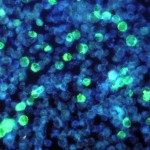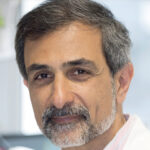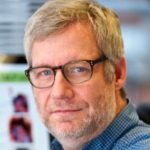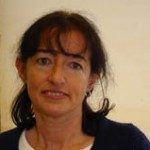Link to Pubmed [PMID] – 22366456
J. Cell. Sci. 2012 Apr;125(Pt 7):1738-49
Skeletal muscle stem cell fate in adult mice is regulated by crucial transcription factors, including the determination genes Myf5 and Myod. The precise role of Myf5 in regulating quiescent muscle stem cells has remained elusive. Here we show that most, but not all, quiescent satellite cells express Myf5 protein, but at varying levels, and that resident Myf5 heterozygous muscle stem cells are more primed for myogenic commitment compared with wild-type satellite cells. Paradoxically however, heterotypic transplantation of Myf5 heterozygous cells into regenerating muscles results in higher self-renewal capacity compared with wild-type stem cells, whereas myofibre regenerative capacity is not altered. By contrast, Pax7 haploinsufficiency does not show major modifications by transcriptome analysis. These observations provide a mechanism linking Myf5 levels to muscle stem cell heterogeneity and fate by exposing two distinct and opposing phenotypes associated with Myf5 haploinsufficiency. These findings have important implications for how stem cell fates can be modulated by crucial transcription factors while generating a pool of responsive heterogeneous cells.







